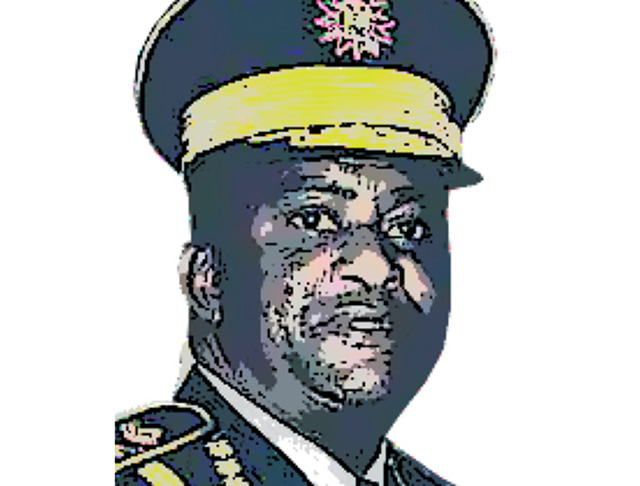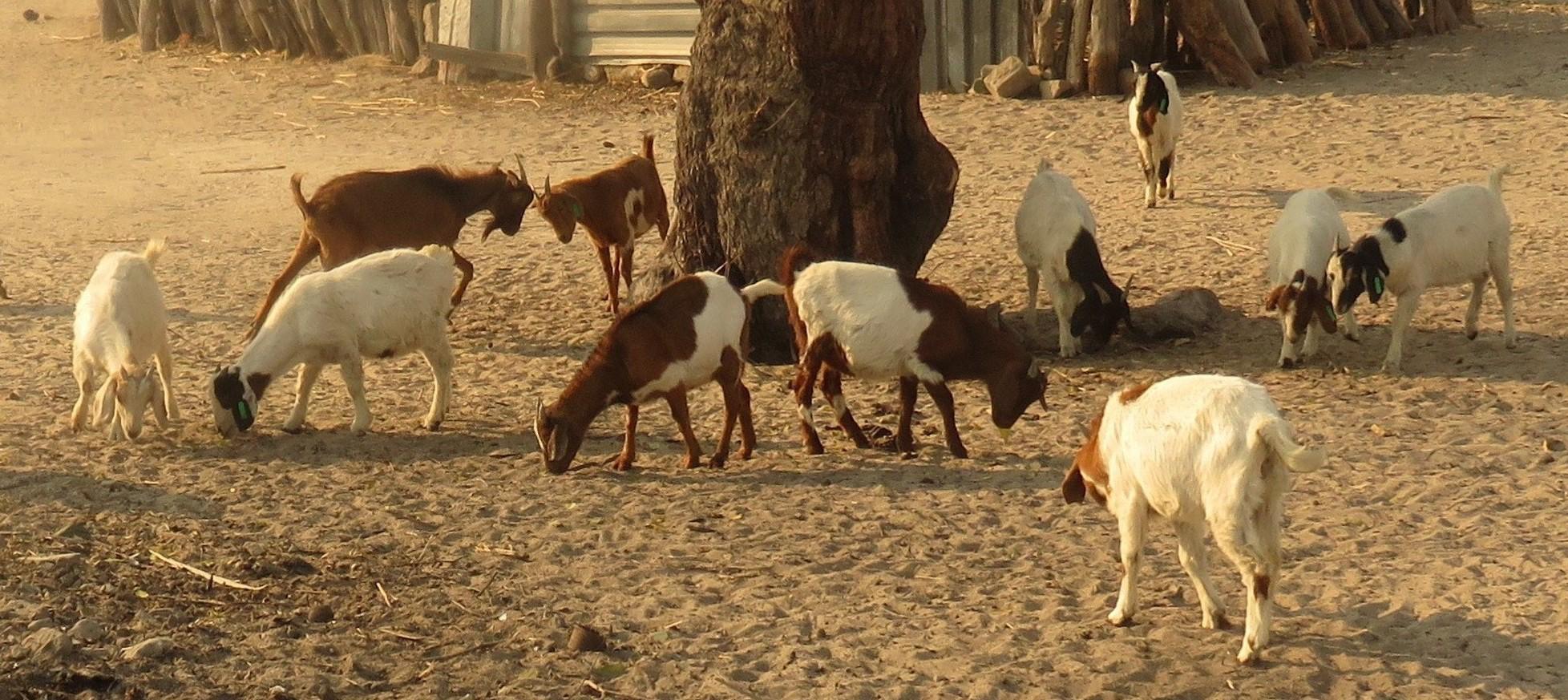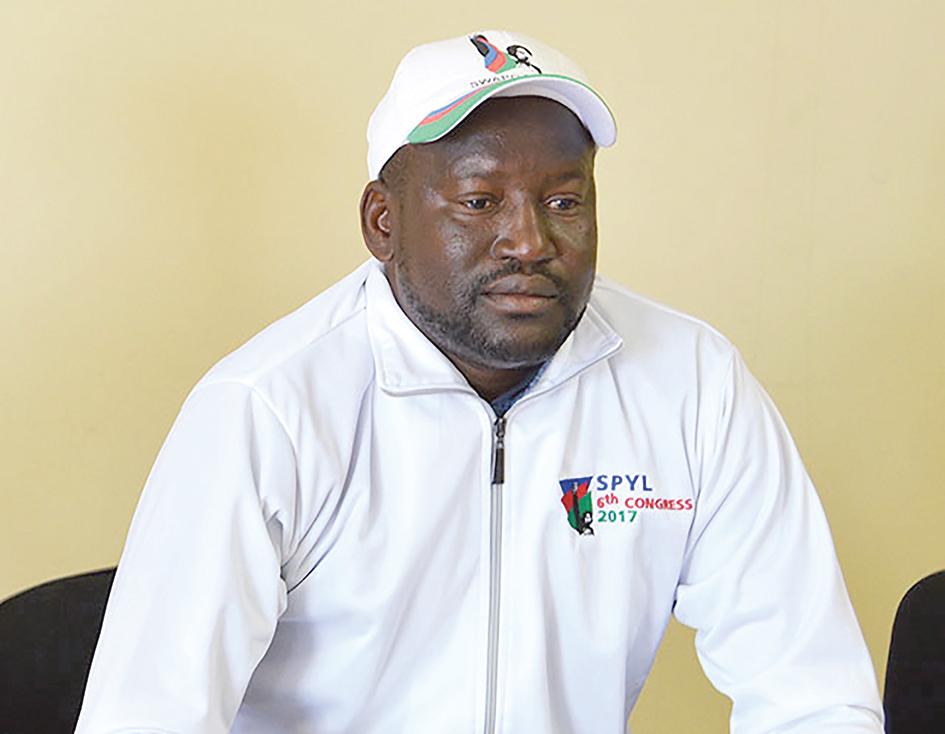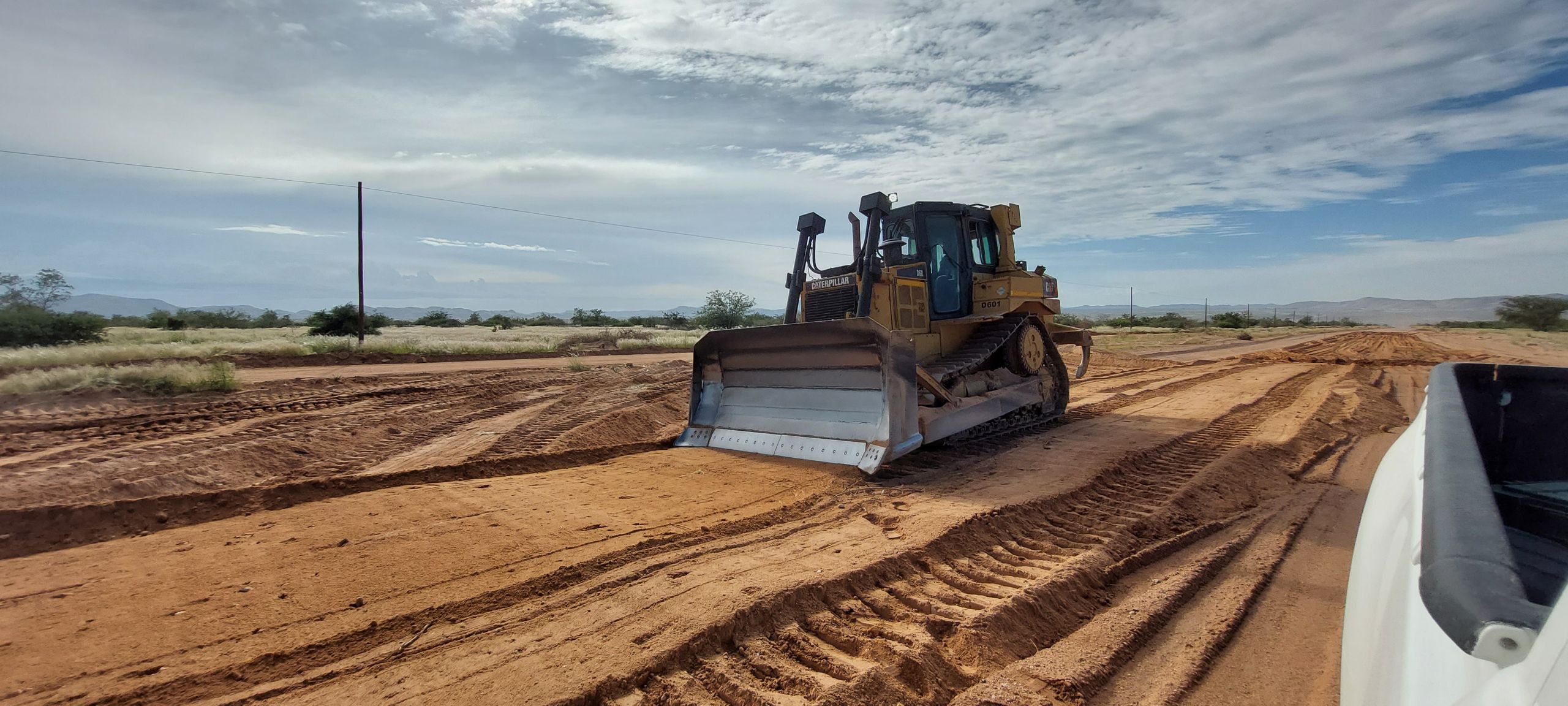J B TJIVIKUATHE FUSS around the display and use of the national flag continues unabated, and I would also like to make a contribution on the issue.
Flags are used by countries for good reasons beyond just having something to fly in the sky. A flag is a country’s way of portraying itself to the rest of the world.
A flag is not only a national symbol, but a cultural icon as well. In many countries, citizens proudly display flags outside their homes, offices, schools and at cultural or social events. It is a marketing strategy.
A flag can unify a country, and it often does. People who have never met before can feel united or drawn to each other, knowing that they are part of the same country, same team and can fly the same flag. Having a flag unifies citizens and brings the country together as a single entity.
Over 100 years of colonial subjugation and after the dust of war had settled in Namibia, the national flag of Namibia was adopted by the Constituent Assembly on 2 February 1990, as a symbol of peace, unity and common loyalty to Namibia. This flag started flying over the Republic of Namibia on 21 March 1990.
This flag is given so much respect because citizens equate it with unity, freedom and liberation and a cause they so much sacrificed for. It is therefore our heritage.
The national flag represents the nation in many respects. The sun symbolises life and energy. The golden colour of the sun represents the warmth and the colour of the plains of the Namib Desert. The blue symbolises the sky, the Atlantic Ocean, Namibia’s marine resources and the importance of rain and water. Red represents the Namibian people, their heroism and their determination to build a future of equal opportunity for all. The green symbolises the country’s vegetation and agricultural resources.
In this regard, the National Symbols of the Republic of Namibia Act, 2018 (Act no. 17 of 2018) was promulgated, which prescribes that, the national flag and national coat of arms, “or any depiction so closely resembling a national symbol, in a manner likely to cause confusion and mislead someone to attribute any trade, business, profession or occupation or any mark or description to the Namibian government or state”, may not be used without prior approval from the president.
The Namibian flag is one of the national symbols commonly used in various sports codes and games, on T-shirts, on private cars, as promotional materials like stickers.
If there is no cogent evidence of people burning, mutilating, defacing, destroying or trampling upon or otherwise showing disrespect to the Namibian flag, then this is proof of, and an unequivocal display of, citizens’ love and pride of their flag and the country.
However, the use of the national flag for one’s political agenda and means is out of place. In other words, the use of the national flag by a political group, association or party as its own symbol is undesirable as it is tantamount to self-ownership of the flag. It is an abusive practice, divisive and detrimental to national unity.
Taking the provision of the said law into account, it appears awkward for citizens to apply for permission to the president every time they want to make use of the flag. It would thus be prudent to suggest that for ease and practical implementation, the law should be amended to only require permission when national symbols are likely to cause confusion with a trade, business or profession or related to ownership, abuse and ridicule thereof.
Arguably, the law did not intend to scupper the use of national symbols for national pride, but the abuse and ridicule of the flag.
In summary, such symbols signify a nation’s sovereignty in the community of states. Over a period of time, such symbols become deeply embedded in the memory of the nation and thus serve as sources of nationhood and patriotism.
For the Namibian flag it is important that its history tells the story of Namibia and its people and the true meaning of being Namibian.
• Major-general J B Tjivikua (Rtd) served in the Namibian Police in various capacities for 27 years before retiring from active service in 2017.
Stay informed with The Namibian – your source for credible journalism. Get in-depth reporting and opinions for
only N$85 a month. Invest in journalism, invest in democracy –
Subscribe Now!










